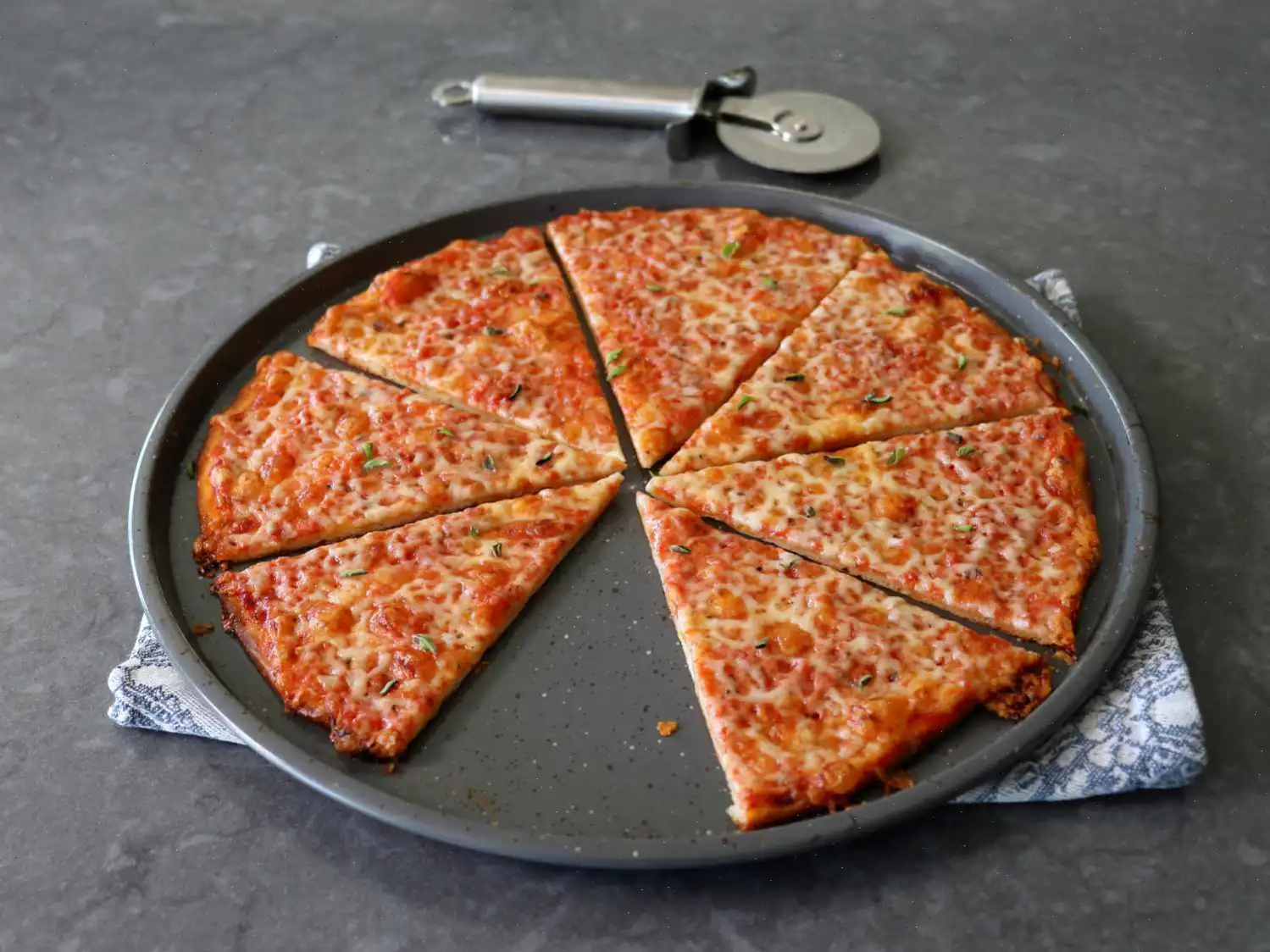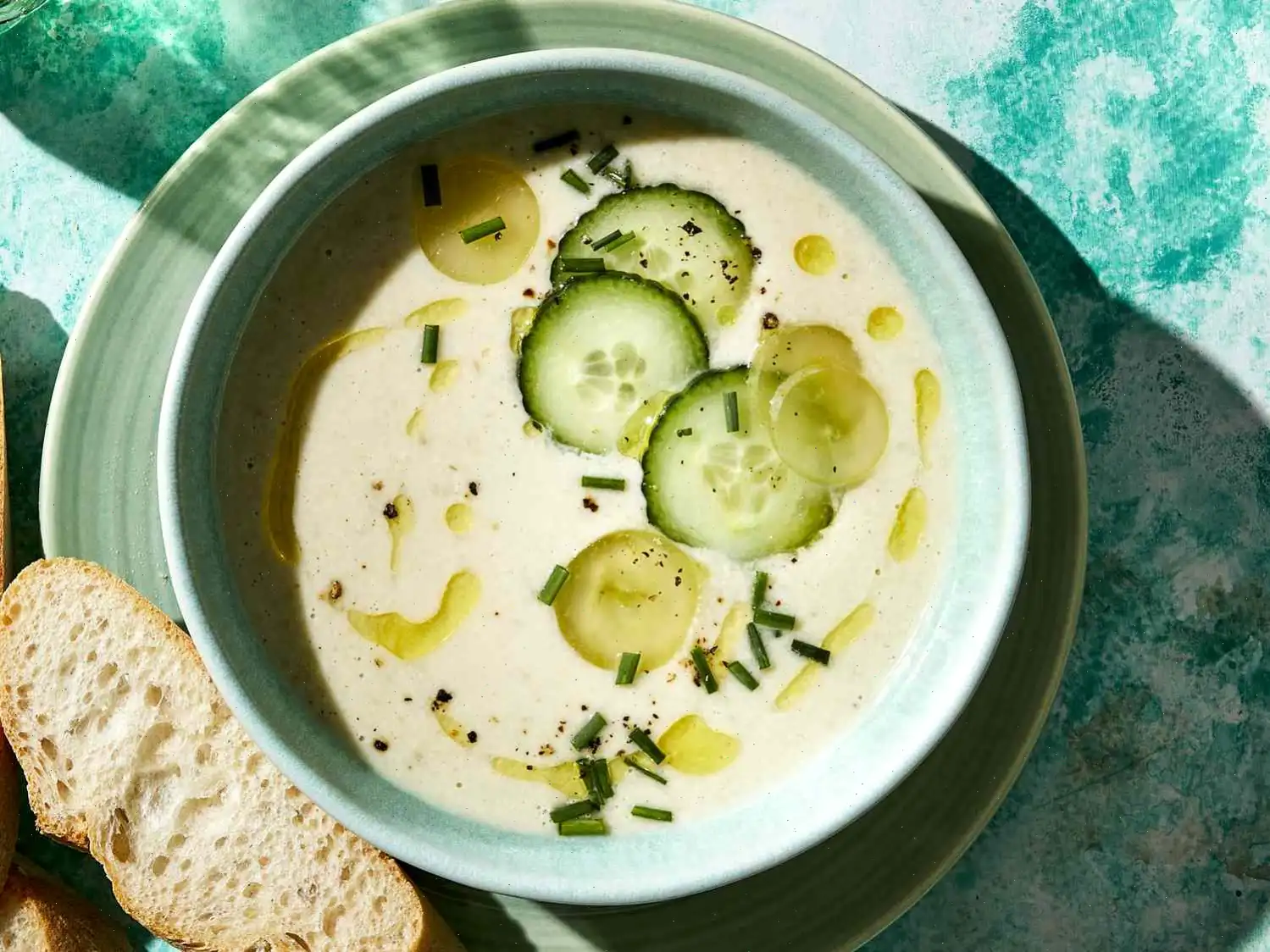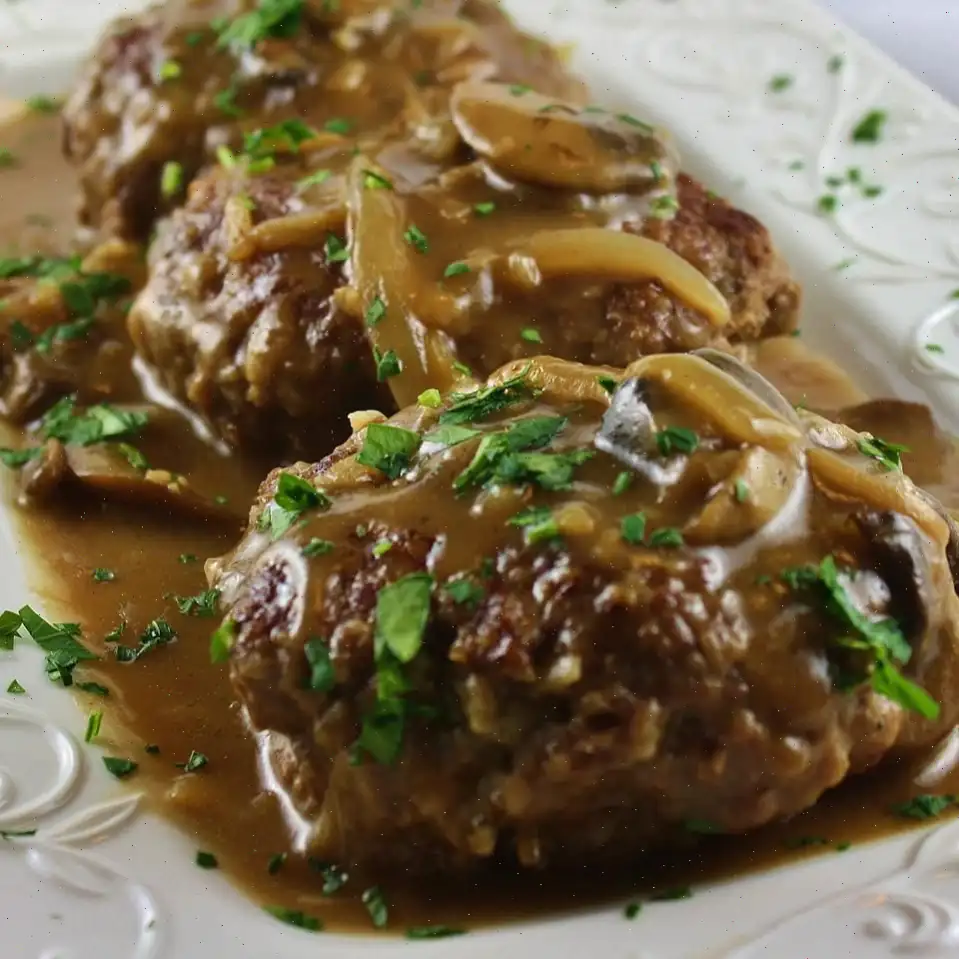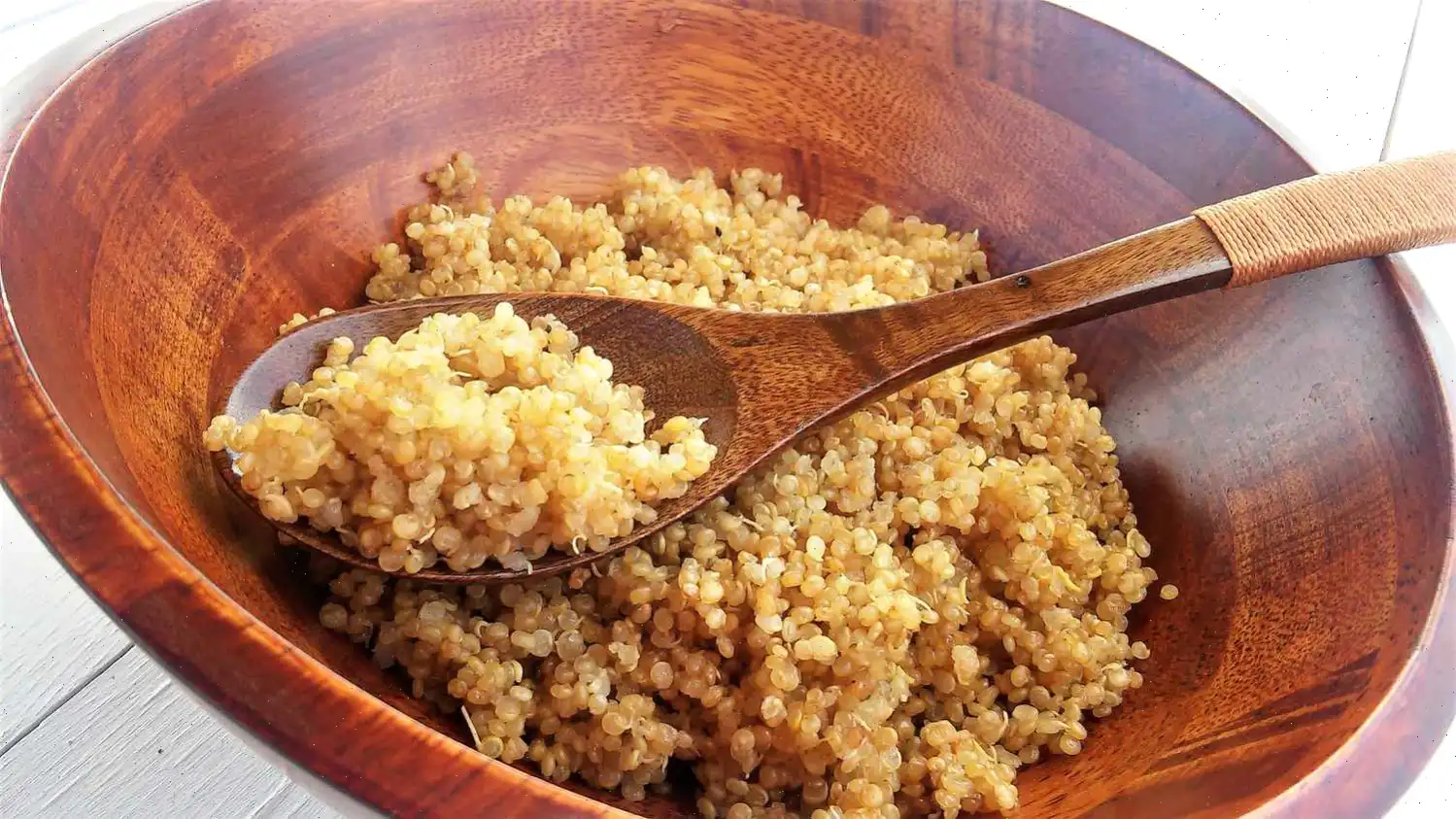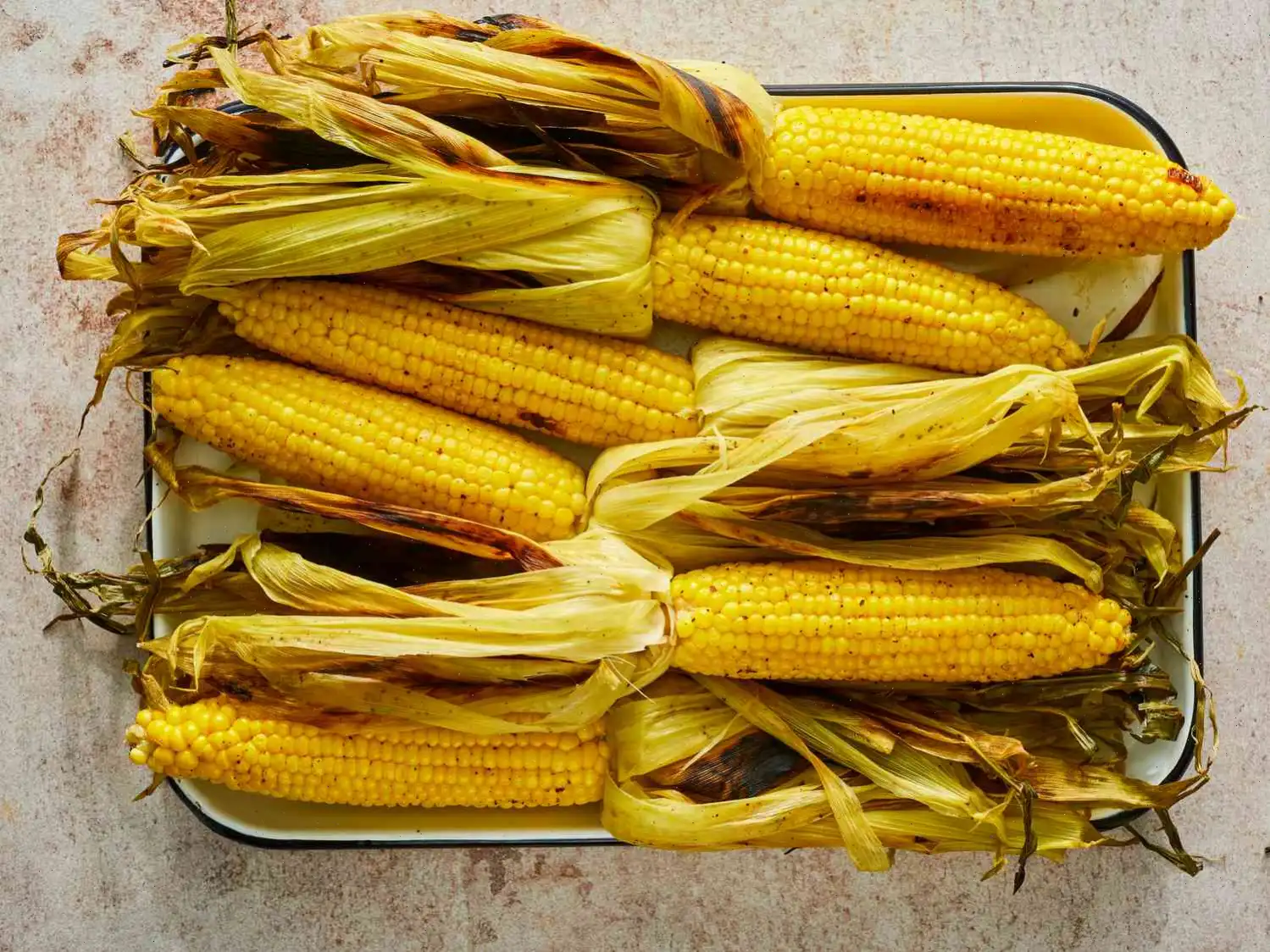
South Shore Bar Pizza Recipe
Recently, I received a request for a dish called South Shore Bar Pizza, which immediately piqued my interest. I love exploring new and regional specialties, especially when it comes to pizza. But as I began researching this "new" dish from the Boston area, I quickly realized it wasn't entirely new to me. While the name was unfamiliar, the pizza itself was not. This style of pizza, which I grew up calling "cracker crust pizza," was commonly found at snack bars whether at a bowling alley, a sporting event, or a movie theater. It had an ultra-thin crust and was everywhere in my youth.
As I grew older and advanced in my culinary career, I once looked down upon this style of pizza, seeing it as simple and unsophisticated. But recently, I've rediscovered how enjoyable it really is. It's perfect for those who may have struggled with making pizza at home. The dough is straightforward, and there's no need to roll or spin it just press it flat, top it, and bake. Whether you're a pizza-making novice or a seasoned pro, this pizza is sure to please. I hope you give it a try soon!
Ingredients
This recipe yields four servings. The amounts are fixed, but you can adjust based on your preferences.
For the pizza dough:
- 2 1/4 teaspoons dry active yeast (1 packet)
- 1 1/2 teaspoons white sugar
- 1 cup warm water (around 105F / 41C)
- 3 2/3 cups all-purpose or bread flour
- 1 1/2 teaspoons kosher salt
- 2 tablespoons melted unsalted butter
- 2 tablespoons corn oil (or other vegetable oil)
For the pizza sauce:
- 1 1/2 cups San Marzano tomato puree (from a can of San Marzano tomatoes), or plain tomato sauce
- 1 teaspoon kosher salt
- 1/2 teaspoon dried oregano (or to taste)
- 1 pinch cayenne pepper
For the pizzas:
- 1/2 cup corn oil, divided, to grease pizza pans
- 8 ounces grated sharp white Cheddar cheese
- 8 ounces grated Monterey Jack cheese
Directions
Step 1: In a bowl, stir together the yeast, sugar, and warm water. Let it sit for about 10 minutes until it becomes frothy.
Step 2: Add the flour to the yeast mixture and mix until a dry, shaggy dough forms.
Step 3: Stir in the salt, butter, and 2 tablespoons of oil. Mix until fully incorporated.
Step 4: Knead the dough in the bowl until it begins to come together. Then, turn it out onto the counter and knead for another 1 to 2 minutes, until the dough is stiff but smooth.
Step 5: Return the dough to the bowl, and rub the surface with a small amount of oil. Cover the bowl and let the dough rise in a warm place for about 6 hours, or until it doubles in size. Alternatively, refrigerate the dough overnight for a slower rise.
Step 6: While the dough rises, make the pizza sauce. Blend the San Marzano tomatoes until smooth, either with a stick blender or in a regular blender. Measure out 1 1/2 cups of the puree and place it in a bowl.
Step 7: Stir in 1 teaspoon of kosher salt, dried oregano, and cayenne pepper. Refrigerate the sauce until you're ready to assemble the pizzas.
Step 8: Preheat the oven to 500F (260C). Drizzle 1 1/2 to 2 tablespoons of oil into a 10- to 12-inch pizza pan, ensuring the pan is well-greased.
Step 9: Divide the dough into 4 equal pieces and roll them into balls. Keep the dough covered when not using it.
Step 10: Press one dough ball into a round disc and place it on the prepared pizza pan. Flatten the dough, stretching it almost all the way to the edges of the pan.
Step 11: Poke the dough all over with a fork to prevent bubbling during baking.
Step 12: Spread about 1/3 cup of the pizza sauce evenly across the dough, all the way to the edges.
Step 13: Sprinkle the dough with 2 ounces each of grated Cheddar and Monterey Jack cheeses.
Step 14: Bake the pizza in the preheated oven for 10 to 12 minutes, or until the cheese is bubbling and the bottom of the pizza is golden brown.
Step 15: Repeat the process for the remaining dough and toppings, making 3 more pizzas.
Chef's Tips
You can customize this pizza by using different types of cheese, such as mozzarella, Monterey Jack, or even a blend of cheeses.
Nutrition Facts (per serving)
- Calories: 1301
- Total Fat: 78g (100% Daily Value)
- Saturated Fat: 30g (149% Daily Value)
- Cholesterol: 122mg (41% Daily Value)
- Sodium: 1530mg (67% Daily Value)
- Total Carbohydrates: 104g (38% Daily Value)
- Dietary Fiber: 5g (20% Daily Value)
- Total Sugars: 7g
- Protein: 44g (89% Daily Value)
- Vitamin C: 10mg (11% Daily Value)
- Calcium: 869mg (67% Daily Value)
- Iron: 3mg (19% Daily Value)
- Potassium: 652mg (14% Daily Value)
*Percent Daily Values are based on a 2,000 calorie diet. Your daily values may vary depending on your calorie needs.
History and Origins of South Shore Bar Pizza
The South Shore Bar Pizza, often nicknamed "cracker crust pizza," traces its origins to the coastal communities of Massachusetts, particularly the South Shore region near Boston. Emerging in the mid-20th century, this style became popular in bowling alleys, snack bars, and drive-in theaters, where quick, crispy, and easily shareable pizzas were ideal for casual dining. Unlike the thick, doughy pizzas of New York or Chicago, South Shore Bar Pizza was designed for convenience and crunch, reflecting a local culture that valued accessibility and flavor over elaborate preparation.
Regional Characteristics
Regionally, this pizza is defined by its thin, cracker-like crust that is both crisp and slightly chewy. The cheese blend often includes sharp white Cheddar combined with Monterey Jack, giving it a tangy yet creamy profile, rather than relying solely on mozzarella. Sauce is usually lightly seasoned with oregano and a pinch of cayenne, maintaining a balance between savory and slightly piquant. The toppings typically extend to the edges, allowing the crust to caramelize and form the characteristic "laced edges," a hallmark of authentic South Shore Bar Pizza.
Differences from Similar Pizzas
While it may resemble other thin-crust or pub-style pizzas, the South Shore Bar Pizza stands out due to its ultra-thin, almost fragile crust and the distinctive cheese combination. Unlike New York-style pizza, it is not foldable; unlike Chicago-style deep-dish, it is never thick or saucy. Its appeal lies in the crispy, almost brittle edge and the even, light layer of cheese and sauce that emphasizes texture over heaviness. The caramelized edges are a visual and flavorful signature that distinguishes it from generic thin-crust varieties.
Typical Serving Venues
Historically, South Shore Bar Pizza is served in informal, community-focused spaces. Bowling alleys, local pubs, snack bars, and movie theaters remain the most iconic locations. Today, small regional pizzerias and diners across Massachusetts, New Hampshire, and Maine continue the tradition, offering it as a nostalgic treat. Its portability and ease of preparation also make it a favorite at casual parties and gatherings where slicing and sharing are key.
Interesting Facts
- The term "cracker crust" is locally synonymous with South Shore Bar Pizza due to its thin, crisp texture.
- Despite its simplicity, the pizza requires careful dough handling to avoid soggy spots; lightly greasing the pan and pricking the dough helps achieve the perfect crispness.
- The style inspired a generation of pizza makers who grew up with bowling alley and drive-in pizzas, often influencing regional recipes for decades.
- It is often considered a "comfort pizza," evoking memories of community events, teen hangouts, and family outings.
- Bringing the toppings to the very edge creates the iconic caramelized edges that are both visually appealing and add a subtle crunch and flavor.
FAQ about South Shore Bar Pizza Recipe
Comments
Margaret Brown
06/08/2024 12:12:55 AM
Rewritten review: I haven't tried "South Shore Pizza" or cracker crust before, but I've been making pizza at home for about 15 years. This recipe was a refreshing change from my usual crust, and it turned out great! The only modification I made was draining a whole 28 oz can of San Marzano tomatoes and blending them down to a little over 1.5 cups, following the recipe precisely. I measured out 1 pound and 5 ounces of bread flour, let it rise for 3-4 hours, and then divided the dough to create two 11-inch pizzas. This recipe is amazing! The combination of cheddar and jack cheese lent a delightful tang. I might stick to this recipe instead of my usual one for a while! :)
Deborah Clark
02/03/2023 02:52:16 AM
Review update: The thin crust is good, but it tends to be dry. It's necessary to increase the amount of water and oil to achieve a more manageable texture. Fortunately, my cooking experience allows me to adjust the recipe, but beginners might struggle. Additionally, when prepared as suggested, the edges of the crust tend to burn. Following a recommendation to extend the sauce and cheese to the pizza's edge produces a truly delicious and crispy crust. Overall, this recipe delivers a cracker-like crust pizza with a solid foundation, though it requires some adjustments.
Samantha Martin
04/20/2023 05:38:18 PM
Rating for the dough only: we prefer a spicier sauce, but we absolutely love this dough! I've been making homemade pizza for around 50 years, experimenting with various dough recipes and styles. This dough recipe is a close match to the delicious pizzas we've enjoyed at different pubs and our favorite pizza shops in the MA, NH, and ME region. Places like Poor People's Pub in Sanbornville, NH, and Pat's Pizza in Orono, ME have inspired us over the years. Fond memories also come from the 'love pits' at Drive-In Theaters. To maintain a crispy crust, avoid overloading the pizza with toppings and once cooked, swiftly transfer it to a wire rack to cool slightly and prevent sogginess. I typically use bread flour or a combination of bread and all-purpose flour based on what's in my pantry. It's crucial to spread the toppings to the very edge as it can create a perfectly crispy crust.
Cynthia Mitchell
02/06/2024 03:59:37 AM
I enjoyed trying out this recipe. Although the crust didn't turn out crispy, it was definitely thin. I've made this recipe twice already, and while it was tasty both times, I couldn't achieve that desired crispiness even when using my cast iron skillet.
Gary Young
04/16/2023 11:50:53 PM
I prepare it once a month. It's 👌
Stephen Nguyen
12/04/2023 01:33:41 PM
"Terrible recipe. This was the first time I've tried an online pizza recipe with a dough that was not hydrated properly. Disappointing experience, better to look elsewhere."
Emily White
01/21/2025 12:32:47 PM
We prepared this dish and thoroughly enjoyed it.
John Moore
09/08/2024 04:21:32 PM
Worked wonderfully even with whole wheat flour. Unfortunately, mine turned out slightly undercooked, but I attribute it to not yet being familiar with how my new oven operates. However, toasting the bottoms in a mini oven saved the day.
Emma Taylor
10/17/2022 10:26:59 PM
Here is the revised review: "After just three hours, our dough had risen beautifully. We were thrilled to enjoy a delicious thin crust pizza at last! Brushing oil with a pastry brush really made a difference. We decided to go with mozzarella cheese this time. As a bonus, we discovered by accident that if you double the amount of San Marzano sauce, and then add chopped peppers and 2 pounds of ground beef, you can create an amazing sloppy joe sauce. Make sure to have a storage container on hand for the leftovers."
Carol Harris
05/10/2024 05:00:36 AM
This pizza being labeled as "South Shore bar pizza" is an injustice to the authentic style of this beloved pizza. True bar pizza boasts a thick, buttery crust and is cooked in a pan with raised edges and ample oil, causing the dough to fry in the pan. Additionally, traditional bar pizza features "burnt edges" or "laced edges", achieved by pushing the sauce and cheese to the sides, allowing it to caramelize against the pan's edges. Before asserting familiarity with a pizza style, further research to truly comprehend its essence is essential.


